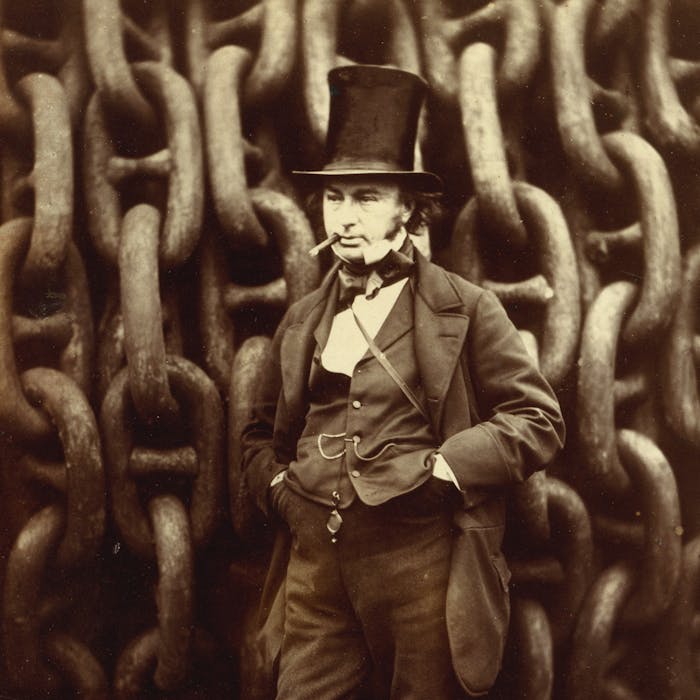
Isambard Kingdom Brunel: engineer extraordinaire
Isambard Kingdom Brunel was a pioneering British engineer who played a key role in the early industrial revolution. He built one of the first major railway routes – the Great Western Railway (GWR) between London and Bristol - and designed the giant steam ship SS Great Western and some iconic bridges.
Brunel was born in Portsmouth in 1806 to a notable engineer father – Sir Marc Isambard Brunel.
By the age of 20, he was working with his father on the ground-breaking Thames Tunnel between Rotherhithe and Wapping.
In 1833, Brunel was appointed chief engineer of an ambitious new project to link London to Bristol by railway. Despite over-running on costs and some mistakes, such as the choice of gauge, the Great Western Railway proved a huge success.
Brunel originally built the Great Western Railway to his unique broad gauge of 7 feet between the rails as he thought this would give extra speed and comfort. But as the railway network expanded the Great Western had increasing problems with transshipping goods onto the standard gauge, or 'narrow gauge' as they called it, of the other railways and its broad gauge was finally abandoned in 1892.
After the GWR, Brunel then moved onto another challenging project – a steamship for transatlantic shipping. The Great Western sailed in 1837 and was the largest steamship in the world. Later, he would build the world’s first metal ship 1843, the SS Great Britain. This was a forerunner of modern ships.
Brunel is also famous for the building of bridges. His most famous bridge design was the Clifton Suspension Bridge in Bristol. and the Royal Albert Bridge crossing the Tamar.
Brunel died at the age of 53.
Further reading
Links to external websites are not maintained by Bite Sized Britain. They are provided to give users access to additional information. Bite Sized Britain is not responsible for the content of these external websites.
